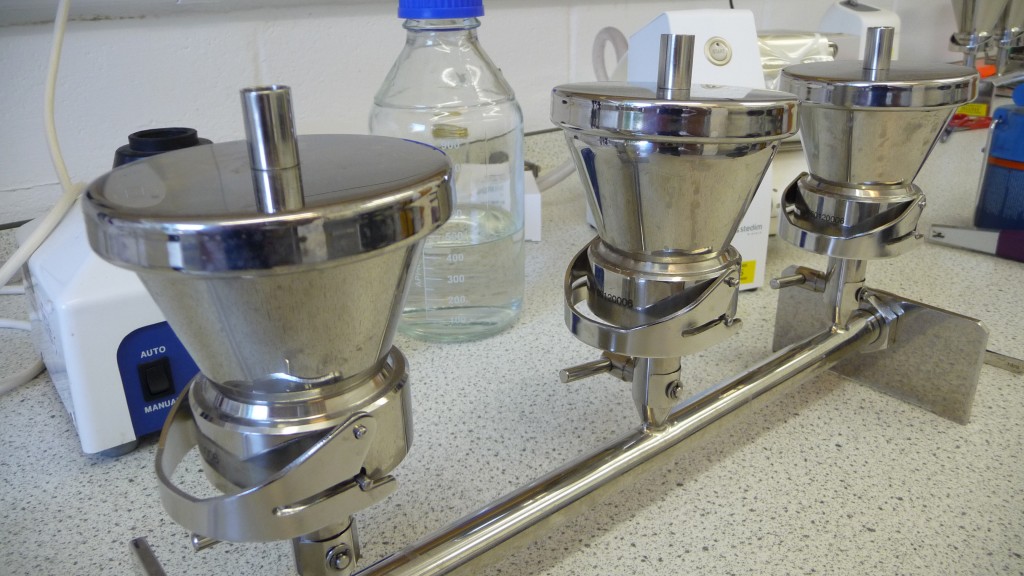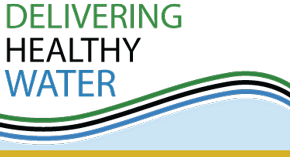Science
Download the Regulation, Policy and Science Briefing Paper
Analytical methods in environmental microbiology are developing rapidly with the introduction of new molecular methods able to identify specific regions of the genetic code which can be used to identify species and sub-species of pathogens and indicator organisms in environmental matrices. These methods, principally using quantitative polymer chain reaction techniques (qPCR), also offer a more rapid assay as they are not dependent on the demonstration of bacterial growth to produce colonies within a culture medium which might take 24-48 hours to develop. For the qPCR-based approach, the time from sample receipt to an enumeration is more commonly around 2 hours. This potential time saving, and the associated search for rapid methods, has been influential in the suggested adoption of qPCR-based methods for the enumeration of enterococci in the revised USEPA standards for recreational waters (USEPA, 2010; 2011).
The second international workshop held in London on March x 2012 brought together a group of experts from the UK, EU and USA to discuss the benefits and limitations of qPCR and explore way in which science can best address the needs of the policy, regulatory and stakeholder communities.
| Presenter | Title | Workshop |
| Tim Wade (USEPA) | The USEPA perspective on the use of molecular tools for regulating recreational water: the journey so far | 1 |
| Ian Dunhill (Environment Agency) | The regulatory challenges of transition to molecular tools? – view from the UK | 1 |
| Andy Cummins (Surfers Against Sewage) | A beach users’ view on the role of new technology for bathing water monitoring | 1 |
| Jonathan Porter (Environment Agency) | A molecular biologist’s view on the most promising molecular tools for the UK regulatory community | 1 |
| Valerie J Harwood (University of South Florida) | MST: where are we now and where are we heading? Some highlights | 2 |
| Ana Maria de Roda Husman (RIVM) | Delivering Healthy Water – waves ahead | 2 |
| David Kay (CREH) | A roadmap of science challenges ahead | 2 |
| Lidija Globevnik (European Topic Centre on Water) | Culture to Molecular: perceived advantages and limitations for EU waters | 2 |
A briefing paper containing the major findings and recommendations in relation to the science, regulation and policy fields is available to download HERE
References
USEPA (2010) Method A: Enterococci in Water by TaqMan® Quantitative Polymerase Chain Reaction (qPCR) Assay, U.S. Environmental Protection Agency Office of Water (4303T), 1200 Pennsylvania Avenue, NW Washington, DC 20460 April 2010. 108pages
USEPA (2011) Recreational Water Quality Criteria DRAFT. Office of Water 820-D-11-002 12-911. December 2011, 73 pages.

